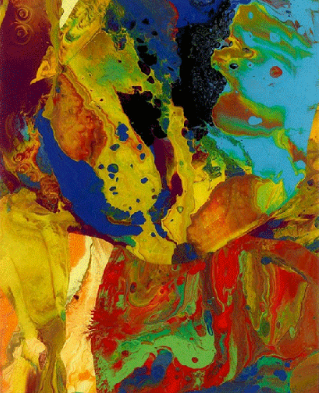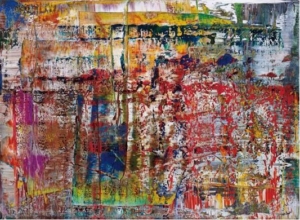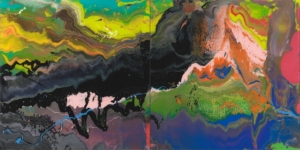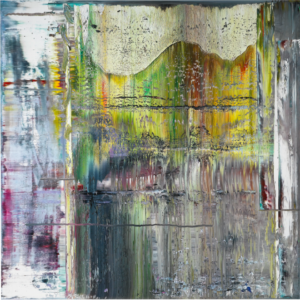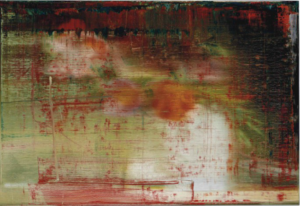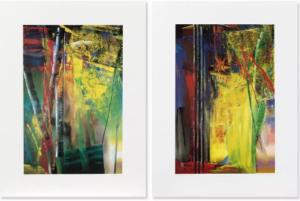From: Ifrit, Bagdad I, Bagdad II, and Aladin (Four Works), 2014
Each numbered in pen and stamped by publisher on verso
Image is one of the four works in the series. The work(s) can be acquired individually or as a pair.
Dimensions Variable - Bagdad I: 19 7/10 x 15 4/5 inches (50 x 40 cm.); Bagdad II: 19 7/10 x 15 4/5 inches (50 x 40 cm.)
More information
All works are inspected prior to delivery, work will be sent out tracked and insured at buyers cost. If you'd like to make specific arrangements or discuss collection then please contact us directly.
Accepted: Wire transfer
ART PLEASE Assurance Policy: Every ART PLEASE seller has been approved by ART PLEASE after a thorough review. All of our sellers are required to accept the following ART PLEASE policy: A buyer may return an item purchased through ART PLEASE, if the item received is not as described in its listing, or is found to be unauthentic.
One of Germany’s most important contemporary artists, Gerhard Richter’s is regarded as a pioneer of New European Painting style that examines the 20th century’s most difficult moments through a combination of painting and more modern media. Richter was born in Weimar Germany and his family suffered tremendously under the Nazi regime in the 1930’s and 1940’s. He remained in East Germany but would later escape with his wife to West Germany just 2 months before the construction of the Berlin Wall. Richter, like his contemporaries, would create his art using several forms of media – in his case, painting pictures based on black and white photographs he saw in books, newspapers, and that he took himself. The artist would then ‘blur’ the objects to ensure equal representation in his pieces. He’d later go on to work in prints, sculpture, and drawing while continuing his work in his emblematic photographic paintings. Richter’s work has set several auction records over the years.
This series of 4 abstract pieces reference the 1940 British Technicolor historical fantasy film The Thief of Bagdad. In each of the works, Richter’s imagery blends and blurs, drawing the eye to the expressive strength of those vibrant colors and shapes that seem to be ‘lost in translation’.


